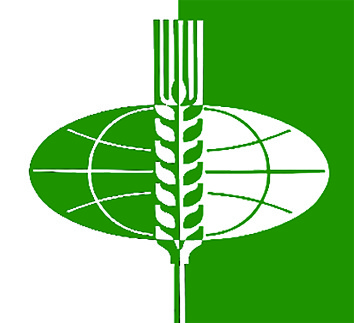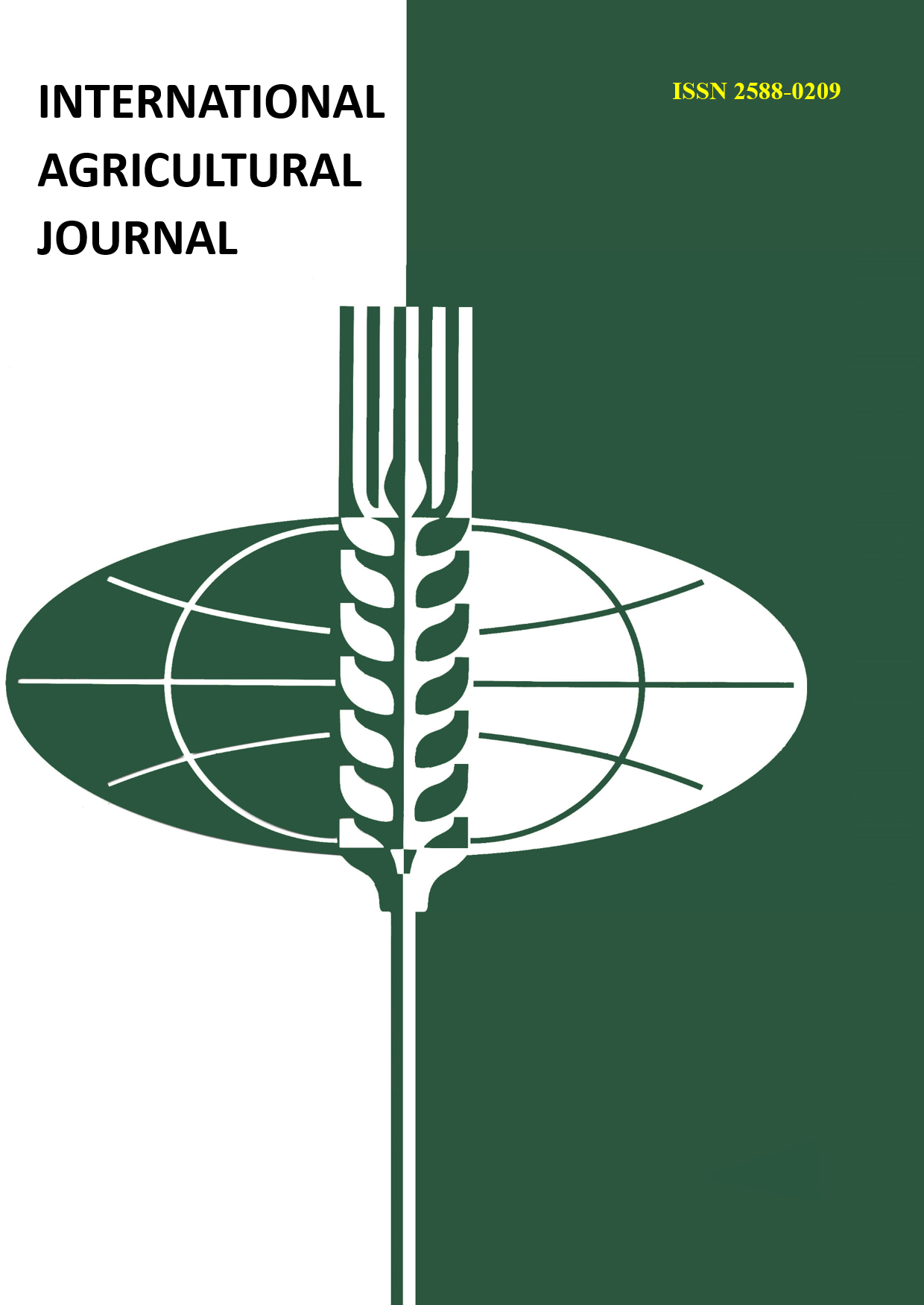Russian Federation
The article examines the main factors of land violations in the conditions of warfare on the example of the DPR and LPR, as well as the experience of the USSR in the rehabilitation of lands violated during the war (on the example of Belarus). Based on this experience, problematic issues have been identified, including a significant reduction or even cessation of agricultural production in the relevant territory, a shortage of labor, a shortage of land managers, land reclamation and other qualified personnel necessary to carry out work on the rehabilitation of disturbed lands. In addition, attention is paid to the specifics of collecting information about violated lands in the conditions of ongoing hostilities and the specifics of harmonizing local land legislation with federal legislation: the absence of local land legislation similar to Russian regions, valid until 2026. transition period. Given the ongoing hostilities and the presence of a large number of explosive objects, it is safer to conduct surveys within the surveyed territories using unmanned aircraft. At the same time, the contribution of the State University of Land Management to the restoration of agricultural production and rehabilitation of disturbed lands after the Great Patriotic War was also noted and developments that can be applied during surveys of disturbed lands, in particular the AgroQuadro and Quadrovision projects, were considered. It is concluded that when carrying out work on the restoration of agricultural lands violated during military operations, it is necessary to take into account the peculiarities of the territories where they are carried out; Moreover, this applies both to the state of the lands (natural, climatic and economic factors, the disturbance of these lands during hostilities) and the difficult situation in local legislation
voennye deystviya, ekologiya, degradaciya pochv, zagryaznenie pochv, reosvoenie narushennyh zemel', zemleustroystvo, metody sbora informacii














